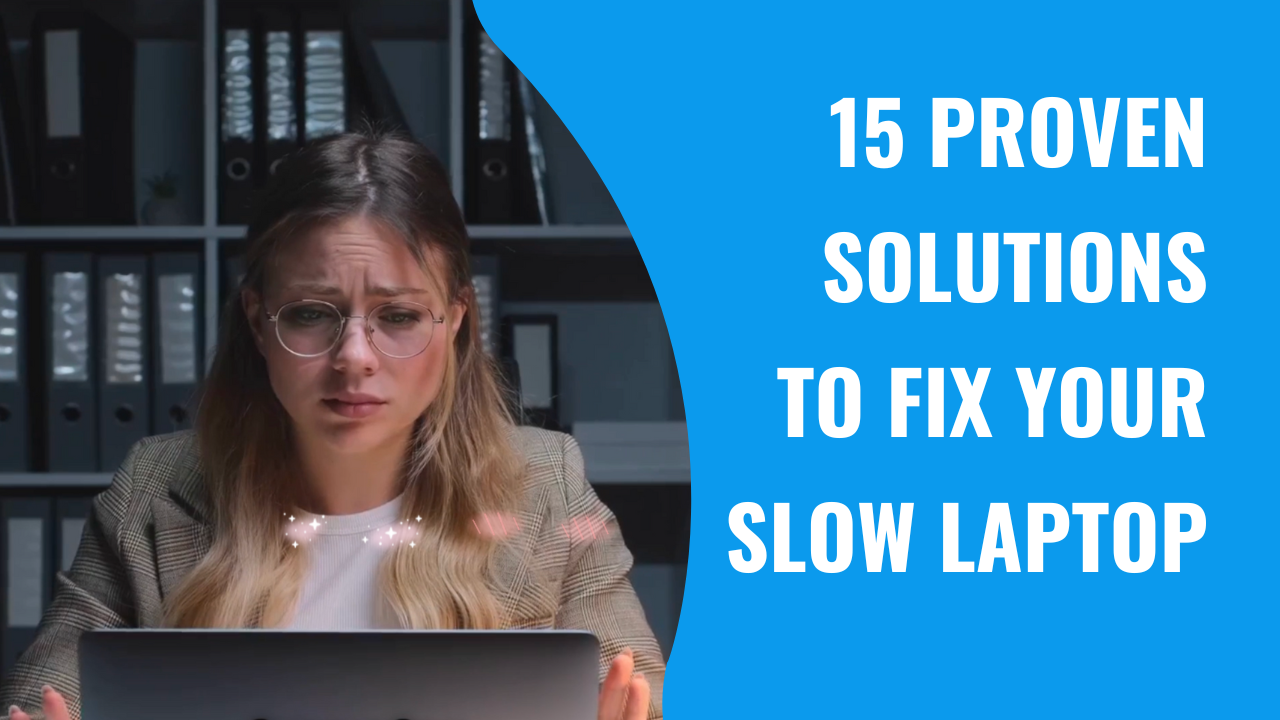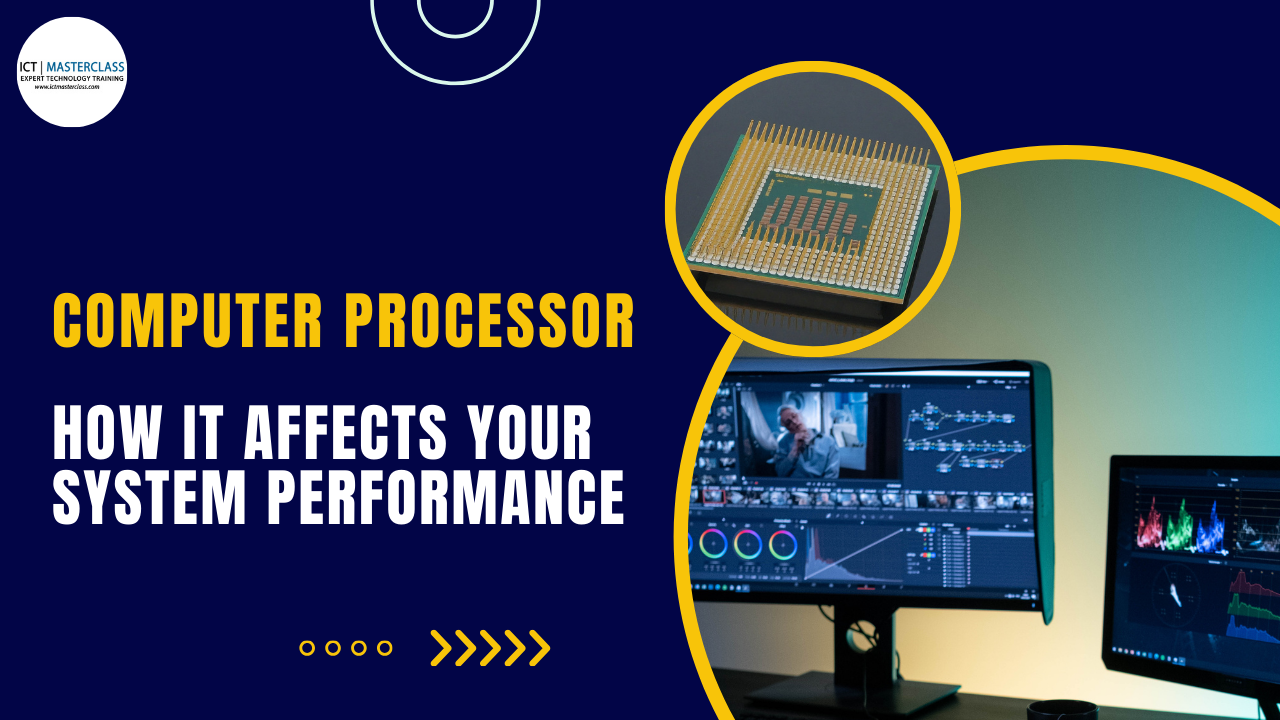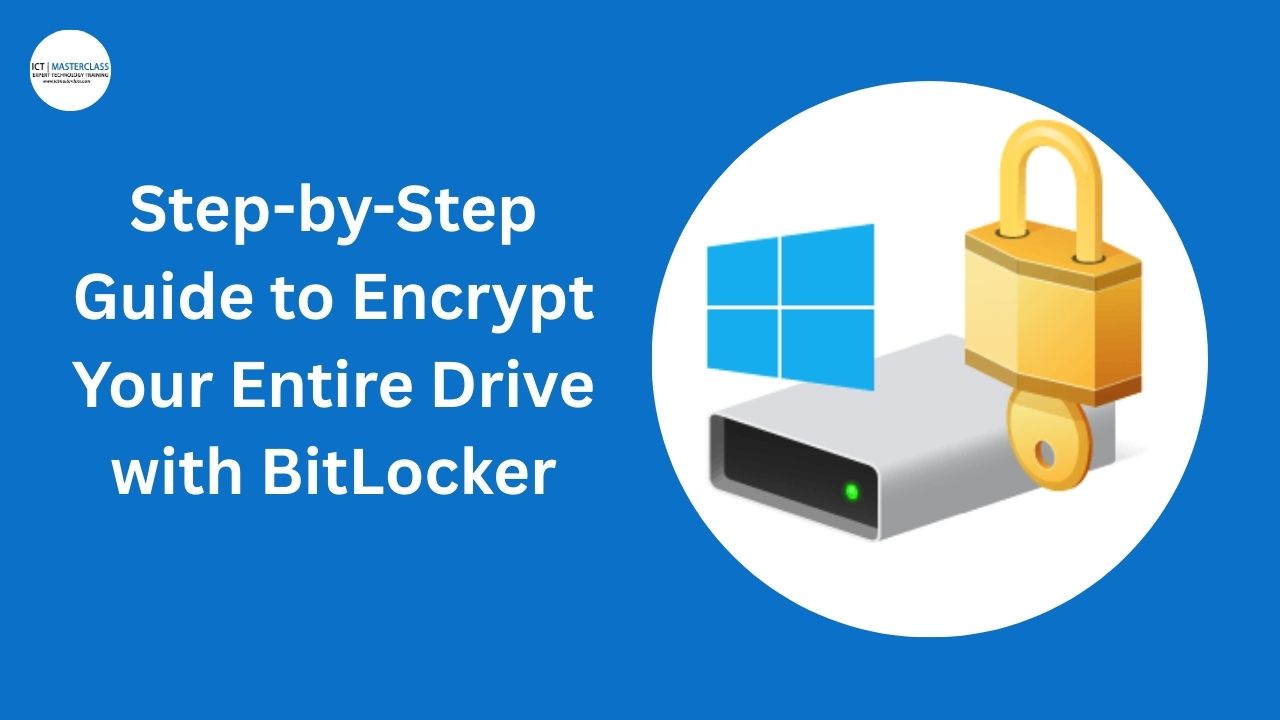15 Effective Solutions to Speed Up a Slow Laptop

1. Restart Your Laptop
A reboot can often give your laptop a fresh start by:
-
Removing temporary files
-
Releasing memory (RAM)
-
Stopping unnecessary background processes
-
Refreshing system components
2. Evaluate and Upgrade RAM
To check your current RAM:
-
Press Windows + X
-
Click Task Manager
-
Open the Performance tab
-
Choose Memory
If you’re running on less than 8GB of RAM, upgrading it can significantly boost performance.
3. Clear Up Hard Drive Space
A nearly full drive slows everything down. Free up space by:
-
Pressing Windows + E to open File Explorer
-
Right-clicking on the C: drive
-
Selecting Properties to view disk usage
-
Running Disk Cleanup to delete:
-
Temporary files
-
Old downloads
-
Recycle Bin data
-
Windows update backups
-
4. Disable Unnecessary Startup Apps
Stop programs from launching at startup to improve boot speed:
-
Press Ctrl + Shift + Esc to launch Task Manager
-
Go to the Startup tab
-
Disable non-essential apps
-
Restart your laptop
5. Keep Your OS Updated
Running the latest system updates ensures better performance:
-
Navigate to Settings > Windows Update
-
Click Check for updates
-
Install all available updates
-
Restart when prompted
6. Scan for Malware
Malicious software can cripple performance:
-
Open Windows Security
-
Choose Virus & threat protection
-
Run a Full Scan
-
Remove any detected threats
7. Tune Your Browser
Speed up web browsing by:
-
Closing extra tabs
-
Clearing cache and cookies
-
Removing unused extensions
-
Updating your browser
8. Optimize Power Settings
Switch to a power plan that balances performance:
-
Open Control Panel > Power Options
-
Choose Balanced or High Performance
-
Avoid Power Saver unless necessary
9. Defragment (If You Use an HDD)
If you’re using a traditional hard disk drive (HDD):
-
Search for Defragment and Optimize Drives
-
Select the main drive
-
Click Optimize
(Note: This doesn’t apply to SSDs)
10. Physically Clean the Device
Overheating can slow down performance. Prevent it by:
-
Cleaning air vents and fans
-
Using compressed air to clear dust
-
Ensuring airflow around the laptop
-
Using a laptop cooling pad
11. Remove Unused Applications
Free up space and resources:
-
Go to Settings > Apps
-
Review the list of installed programs
-
Uninstall what you don’t use
-
Restart your laptop
12. Keep Drivers Up to Date
Outdated drivers can cause performance issues:
-
Open Device Manager
-
Look for devices with warning icons
-
Right-click and choose Update driver
-
Let Windows search for updates
13. Upgrade to an SSD
Swapping an HDD for an SSD offers:
-
Lightning-fast startup
-
Quicker file access
-
Faster software launches
-
Enhanced system responsiveness
14. Reset Your System (If Needed)
If all else fails, a system reset may help:
-
Back up essential data
-
Go to Settings > Update & Security > Recovery
-
Click Reset this PC
-
Choose your reset option and follow the steps
15. Seek Expert Help
If you’ve tried everything and your laptop is still crawling:
-
Consider professional internal cleaning
-
Ask for a hardware checkup
-
Consult a certified repair technician
Need visuals?
Check out this YouTube Video on how to speed up your computer.
Comments
No comment yet







